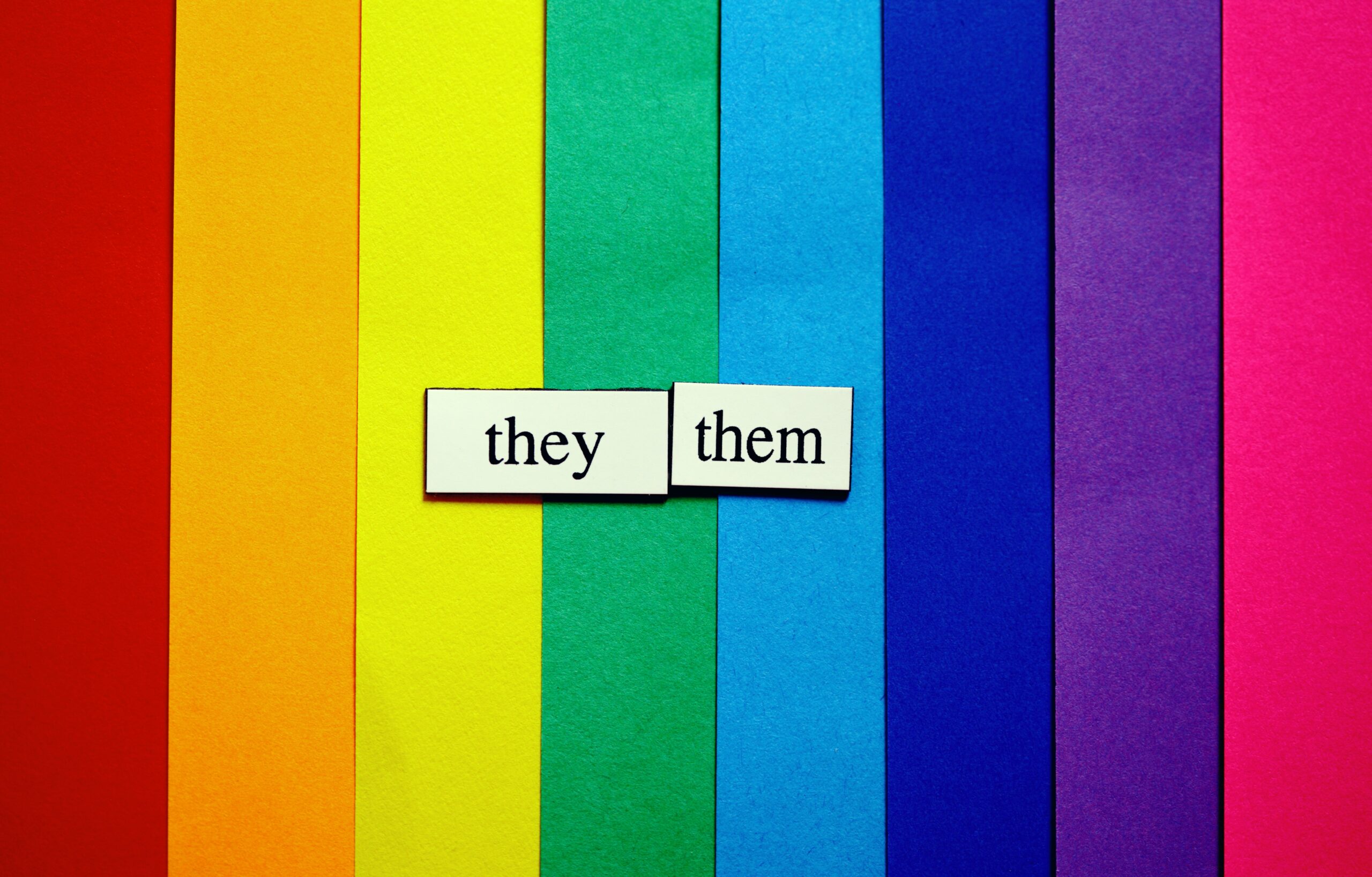In the ever-evolving landscape of brand marketing, staying ahead of trends is paramount.
Understanding your audience remains fundamental, yet recent years have witnessed a profound shift in consumer perceptions of gender.
As marketers, it’s imperative to reassess our segmentation approaches in light of these changes.
Let’s explore why traditional gender-based marketing may no longer be effective and spotlight three trailblazing brands that have embraced gender-neutral strategies, yielding substantial benefits.
Gender Neutral Marketing
As societal attitudes towards gender identities become more diverse and inclusive, there is a growing demand for businesses and brands to move away from gendered marketing tactics.
Throughout history, marketing strategies have often relied on gender stereotypes to promote products. Whether it’s the iconic Yorkie Bars boldly declaring “it’s not for girls!” or domestic appliances being exclusively marketed to women in the 1950s, gender has frequently been used as a tool to drive sales.
A quick glance at everyday items like razors and body wash reveals a stark gender divide in how they are marketed. Women’s toiletries are often described as “floral” and “feminine,” while men’s equivalents are labeled as “invigorating” and “energy-boosting,” among other examples.
In response to this, there is a growing chorus calling for companies to abandon gendered marketing campaigns in favor of more inclusive approaches.
But what would this shift entail?
Primarily, it would involve moving away from marketing products exclusively to one gender and instead embracing more gender-neutral language that doesn’t reinforce rigid identity norms.
Additionally, gender-neutral marketing would likely necessitate changes in packaging and product design. Items like pink razors marketed to women and toothpaste labeled “for men,” despite containing identical formulations, would likely be phased out.
For businesses considering the transition to gender-neutral marketing, what are the potential benefits?
Rethinking Gender-Based Marketing
Gender has long served as a convenient segmentation criterion.
However, insights from thought leaders underscore the limitations of this approach – Overreliance on gender can obscure more impactful drivers of brand growth and perpetuate stereotypes.
Research from BCG team and Deloitte reveals that demographic factors like gender and income exert less influence on consumer decisions than previously assumed. Instead, contextual factors—our surroundings, companions, and activities—shape purchasing behaviors more significantly.
Moreover, societal attitudes towards gender are evolving, with many embracing a spectrum rather than a binary understanding. This shift is particularly pronounced among younger demographics, challenging traditional divisions.
You’re Broadening Your Customer Base, Not Isolating Customers.
It’s evident that if you’re targeting your marketing efforts exclusively towards one gender, you’re inadvertently excluding other genders—a significant portion of the population.
By confining your products or business offerings to cater to only one gender identity or demographic, you’re inherently limiting your sales potential and hindering revenue growth.
In contrast, adopting a gender-neutral marketing approach allows you to tap into a broader audience, thereby expanding your potential customer base and avoiding unnecessary revenue constraints.
You’re not sacrificing sales by adhering to a brand identity associated with a specific demographic or gender.
Considering that 48% of Generation Z consumers prioritize brands that eschew gendered marketing, opting out of this approach could mean missing out on a substantial portion of your target audience.
Brands Leading the Way
Several forward-thinking brands have embraced gender-neutral marketing, recognising its resonance with modern consumers.
1. Calvin Klein
Renowned for its iconic imagery, Calvin Klein has embarked on a transformative journey towards inclusivity. The relaunch of its gender-neutral fragrance, CK Everyone, symbolises this shift. With a fresh scent and sustainable packaging, it promotes self-love and acceptance through diverse celebrity endorsements.
Calvin Klein’s commitment extends beyond marketing campaigns, with partnerships and authentic storytelling fostering meaningful connections with audiences.
2. Mattel
Addressing past criticisms, Mattel introduced a gender-neutral doll series in 2019, marking a departure from traditional gendered toy marketing. This move underscores a commitment to inclusivity and diversity, resonating with a more progressive consumer base.
3. Levi’s
Levi’s “All Pronouns. All Love” campaign celebrates diverse gender identities, fostering a sense of belonging and acceptance. By featuring LGBTQIA+ individuals and their stories, Levi’s forges deeper connections with its audience.
Final Considerations
While gender-neutral marketing isn’t universally applicable, it’s essential to adapt to changing consumer attitudes. Meaningful change requires a nuanced understanding of cultural shifts and societal norms.
By embracing inclusivity and authenticity, brands can forge deeper connections and drive positive outcomes. In an increasingly diverse world, gender-neutral marketing isn’t merely a trend—it’s a strategic imperative for brands seeking to thrive in the future.

